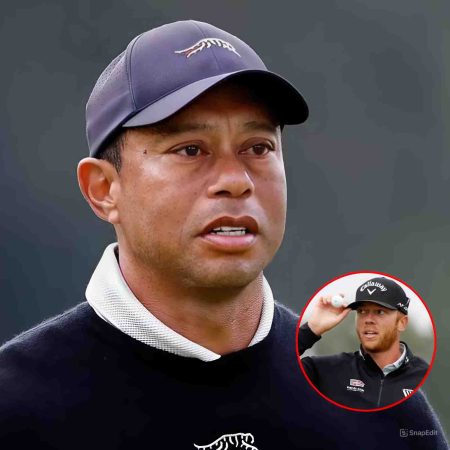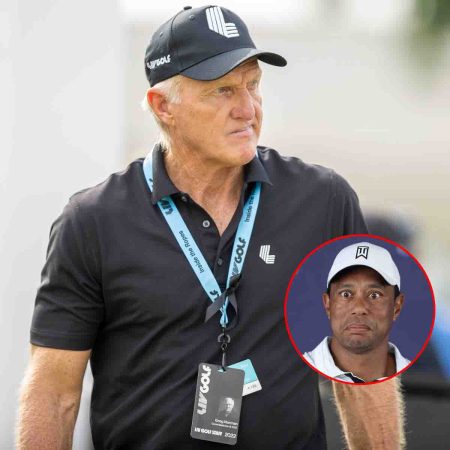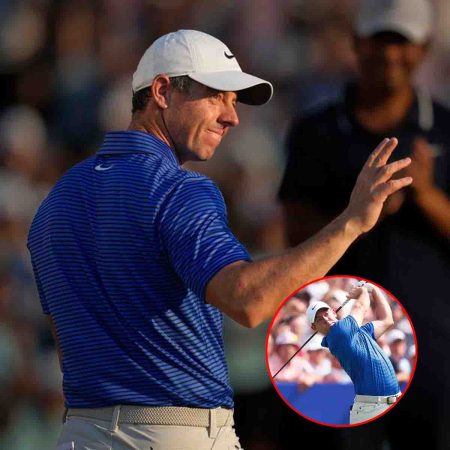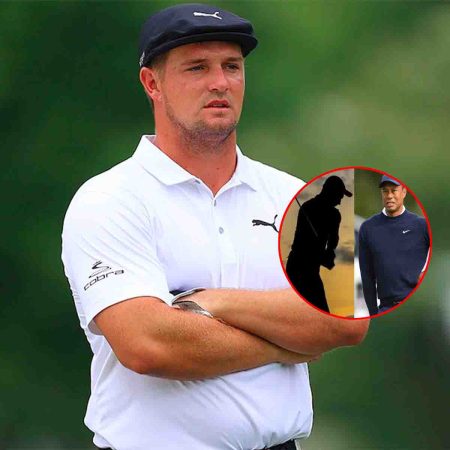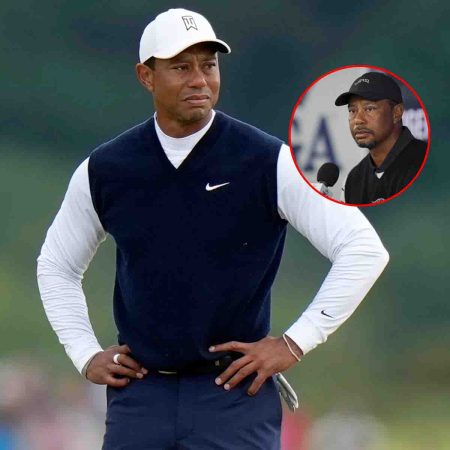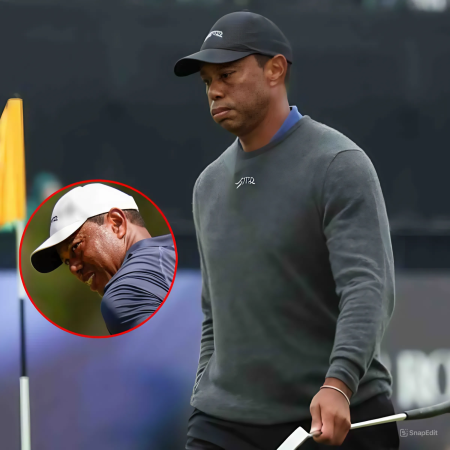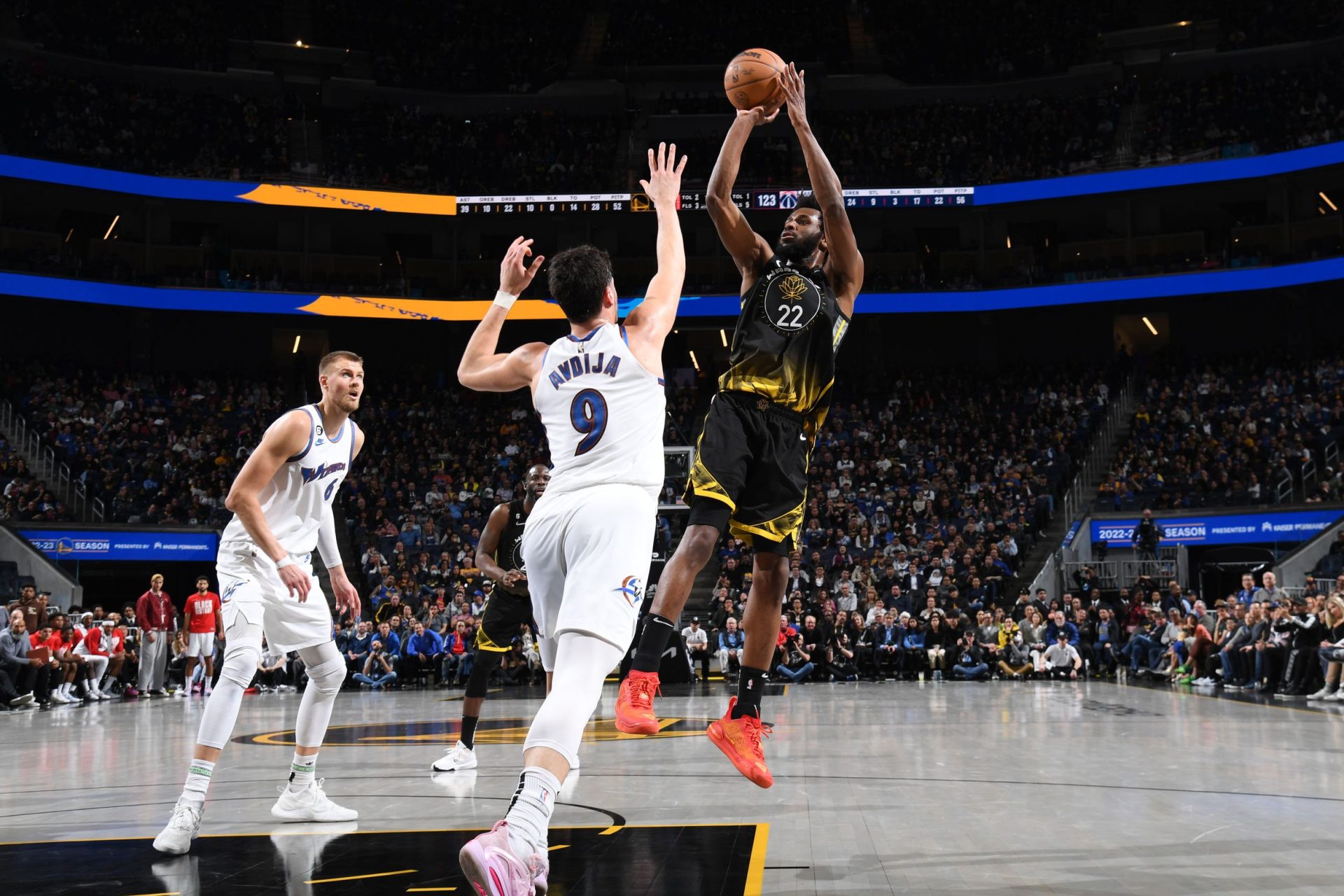
It is inaccurate to compare Andrew Wiggins to Kevin Durant he is not.
He doesn’t have the same level of self-creation chops nor the three-level scoring ability — but that doesn’t mean he won’t be expected to be the second-leading scorer on most nights, or on occasion the leading scorer when others just don’t have it on a particular night (or aren’t present).
Wiggins was just that against the Washington Wizards. He finished with 29 points on 22 shots (9-of-16 on twos, 3-of-6 on threes) and a 63.4 TS%. Wiggins largely didn’t settle for off-rhythm jumpers but instead mixed up his attacks: drives to the rim, post-ups against mismatches, and rhythm threes off the catch.
Credit must also be given to the coaching staff for putting Wiggins in positions to succeed. The Wizards were lacking in wing depth and were forced to put smaller players onto Wiggins, which Kerr promptly recognized. As such, they started running sets to get Wiggins good post position against his defenders. Switching didn’t matter as much for the Wizards; the aforementioned lack of wing depth meant they were mostly exchanging one small defender for another small defender.
Wiggins can’t to get to his spots on command in the same manner that Durant can. Whether that’s a matter of ability, willingness, or both, Wiggins needs to be schemed for in order for him to thrive.
Ironically, Kerr has been running old Durant sets for Wiggins for the better part of three years. Kerr’s favorite play for him is called “Head Tap” (the signal with which Kerr uses to call out the play). It involves cross-screen action for Wiggins underneath the rim that has two objectives:
- To get Wiggins deep post position
- To force a switch onto a small defender
Even if only one of those goals are met, the Warriors will most certainly get a good look for Wiggins. Deep post position is hard to defend, epecially if teams opt not to switch and are adamant about fighting over screens. Small defenders trying to make a taller player miss from down low is also hard to stop. Accomplishing both is comically unfair.
Here’s “Head Tap” for Durant back in 2018 (peep at Shaun Livingston tapping the top of his head to call out the set):
While there’s no switch on the cross-screen, Bojan Bogdanović fights over the screen which forces a slight delay — all the time Durant needs to get to his spot and drill one of his patented mid-range jumpers.
Nearly five years later, the Warriors run “Head Tap” for Wiggins:
Ty Jerome sets the cross-screen for Wiggins, who’s being defended by Bradley Beal. Again, this speaks to the Wizards’ lack of size on the wings that they’re forced to put a smaller defender onto Wiggins. The Wizards’ coverage on this is to fight over, which Beal attempts to do. But he ends up on the wrong end of Wiggins, who gets good position against a smaller defender.
In classic Warriors fashion, “Head Tap” isn’t a one-dimensional set. It has layers of options baked into it, Plan Bs and even Plan Cs in situations where the cross-screen action doesn’t net anything. It has a read-and-react element to it depending on what look defenses offer.
The Wizards adjusted to the cross-screen action by putting size on Wiggins. With Kristaps Porziņģis on him, Wiggins will have a much tougher time isolating against someone who’s eight inches taller than him.
Fortunately, “Head Tap” has the perfect Plan B to account for that:
Instead of Wiggins using the cross-screen, he cuts in a straight line toward the top of the arc — called a “Zipper” cut — forcing Porziņģis to chase him. Porziņģis falls behind and gets caught up in the JaMychal Green screen, giving Wiggins all the time he needs to drill the three.
Again, the Wizards adjust. In lieu of a slow-footed big with screen-navigation shortcomings, they put a mobile 6’9” forward in Deni Avdija on Wiggins — the perfect balance of size and and speed to cut off both options in “Head Tap.”
All things considered, Avdija does a great job cutting off Wiggins in the post, but a mistake from Porziņģis and good recognition from Wiggins burns the Wizards anyway:
All by his lonesome in single coverage, Avdija doesn’t need help from his teammates. But Porziņģis’ instinct as a rim protector compels him to drop back in the paint and show help anyway. This opens up Green on the strong-side slot, with Porziņģis’ close out being slow and ineffective to affect Green’s shot.
“Head Tap” wasn’t the only old Durant play the Warriors ran against the Wizards. Double drag screens flowing into a low-post split action was a bread-and-butter set during the heyday of the Durant era. Again, the set had multiple options that made it hard for defenses to pick their poison.
Steph Curry was often the main beneficiary of the split action, but if that option wasn’t available, a low-post isolation for Durant was the last resort. If there was ever a last resort that is more potent than Durant isolating in the post, it probably doesn’t exist in this universe:
Again, nearly five years later, the Warriors run the same exact play — with Kerr knocking the side of his head as the signal — against the Wizards, with Jonathan Kuminga as the low-post man:
Wiggins-centered sets (formerly Durant-centered sets) are interchangeable with Kuminga in his place. Naturally, they also run the play above for Wiggins:
This instance wasn’t as clean as the one for Kuminga was. The Wizards switch Monte Morris onto Wiggins, who takes him in isolation in the post. Wiggins bobbles the ball but recovers. With the Wizards showing help on the mismatch — Porziņģis showing early help and Corey Kispert sinking in toward Kevon Looney to help the helper — Wiggins finds Donte DiVincenzo open in the corner for the three.
The Warriors scored 54 points in the paint — well above their season average of 44.2. In lieu of primarily relying on an outside-in approach (including the “in” part of that is generously putting it, considering how they rarely get to the rim), they banked on paint touches, paint scoring, and the threat of drives to the rim to get themselves efficient looks both up close and from the outside, where they shot 20-of-40.
They were able to balance out their need for threes with aggression toward the rim — all while getting Wiggins to the spots he needed to be in for him to succeed and flourish.
Source: https://www.goldenstateofmind.com



